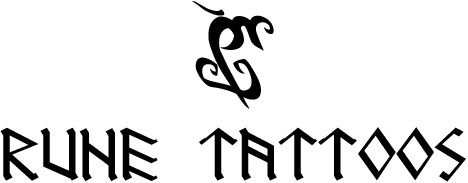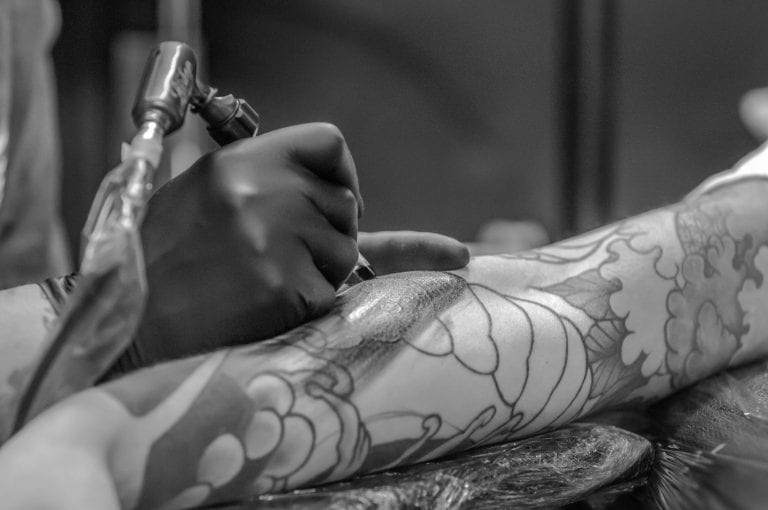A tattoo is a design made on the human body by inserting ink, dyes, and pigment. Tattoos typically fall into one of these three categories: purely decorative, symbolic, and pictorial. The healing period for a tattoo is a couple of weeks on the surface of the skin. Additionally, it may take about 3-4 months for the complete healing process. There are a number of factors that affect the healing period of a tattoo, and it depends upon the age of the person and the equipment used.
Table of Contents
Day 1: Bright and Fresh
A tattoo is actually an open wound on the first day, so you must take good care of it. Remove the bandage that the artist has put on within a few hours. It is important to wash the area with antibacterial, fragrance-free soap and hot water 2-3 times daily. It is normal to bleed a little, as it is a fresh wound. The tattoo will look a little brighter than its final form.
Day 2 – 3: Oozy
The tattoo starts to fade a little by day 2. Plasma oozes out of the tattoo, which aids the healing process. Clots and scabs appear on the skin. Make sure to keep the area clean by washing the entire area of the tattoo at least twice a day. Apply any skincare products as directed by the artist.
Day 4 – 6: Swelling Reduces
Redness and swelling on the skin start to reduce. Scabs also get smaller. Never pick at your scabs as it may result in further infection of the area and even scarring. People who have immune disorders, dehydration, or are prone to bruises may experience additional bruising.
Day 7 – 14: Scabby and Flaking
The epidermis layer of the skin starts healing and there is no open wound. Your scabs become harder and flaking off starts. Apply moisturizer and ointment to the area regularly to keep it safe. Don’t pick, peel, press or mess with the tattoo. If redness and swelling persist, consult a doctor.
Day 15 – 30: Fresh and Clean
Scabbing and flaking are completely gone but the skin looks taut. The tattoo looks dull, as there is a new layer of epidermis over it which is not yet settled. After the second week, the surface of the skin is completely healed. The full healing process takes a little longer depending upon the immune system of the person.

